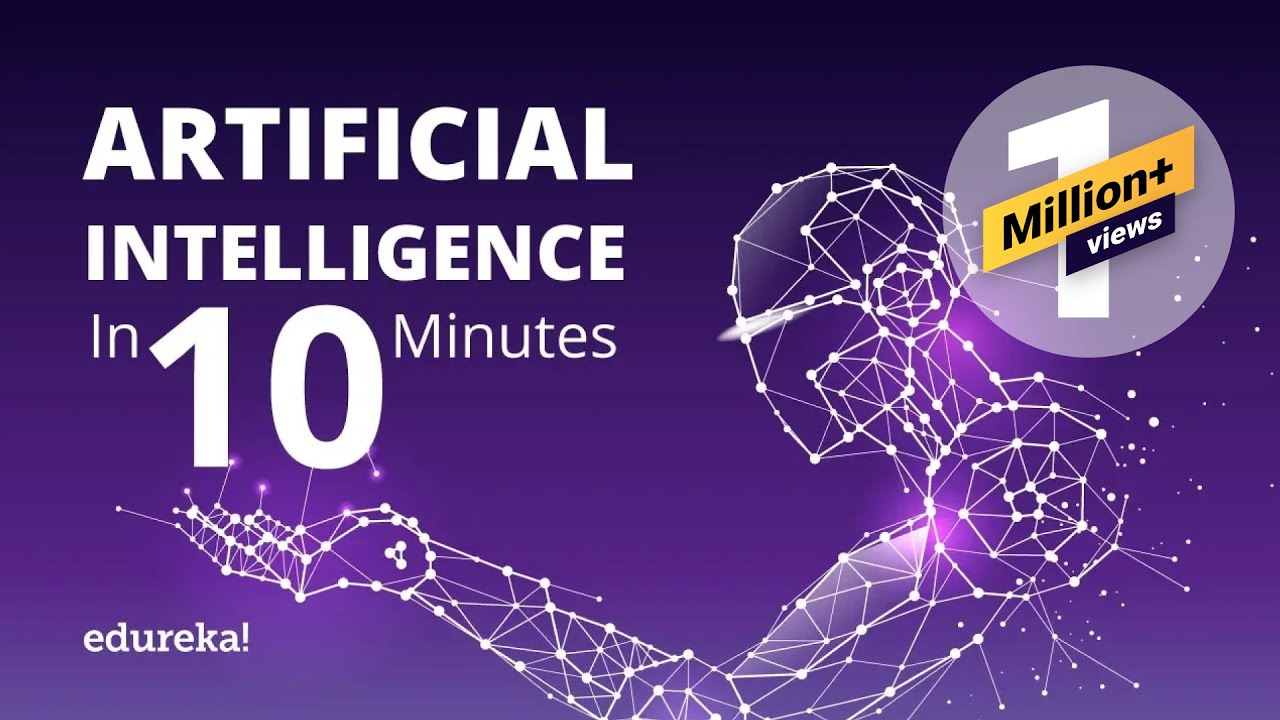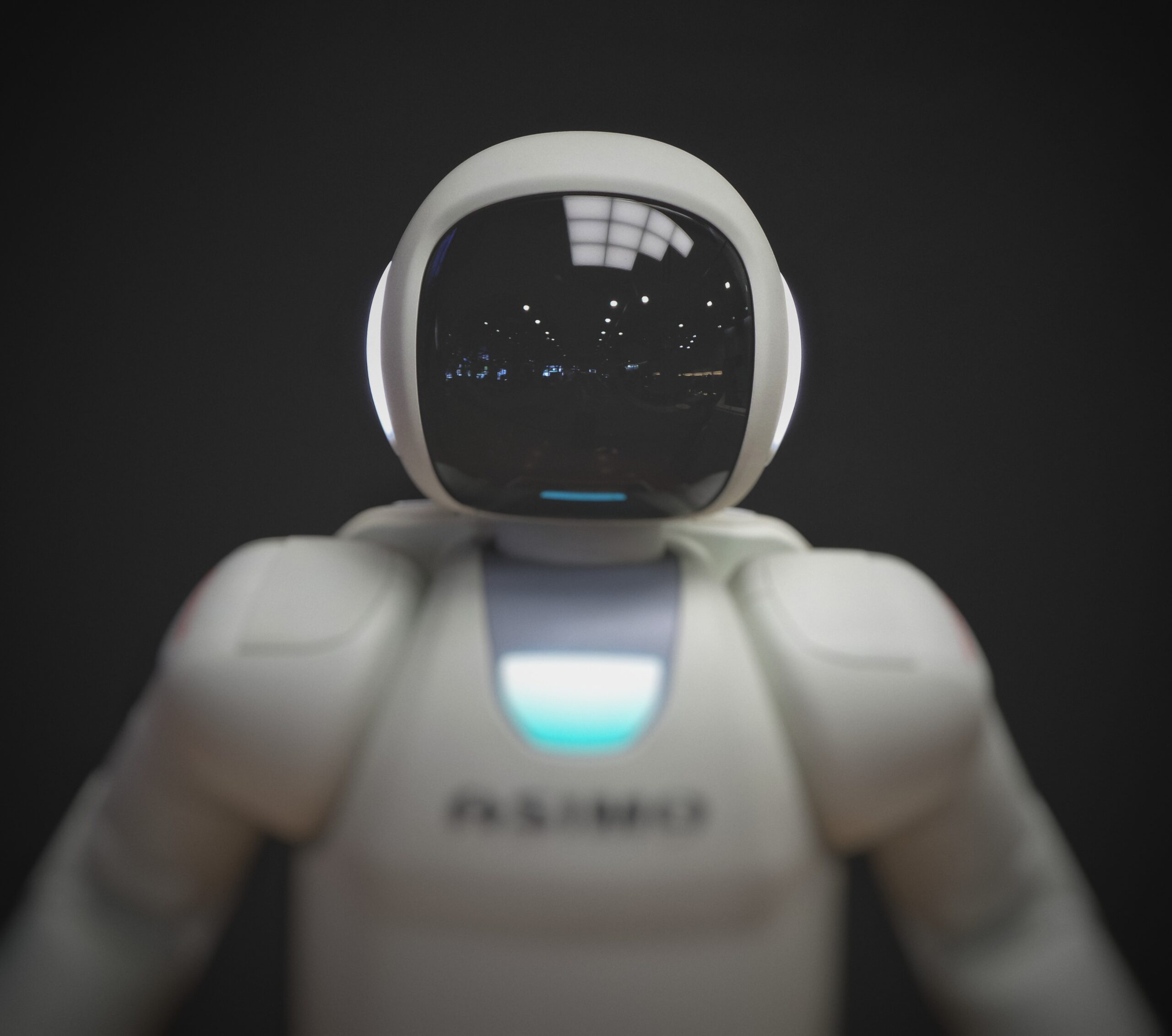Artificial Intelligence (AI) is a topic that is gaining more and more attention in today’s society. In the video titled “The Different Types of Artificial Intelligence and Their Impact,” the concept of AI and its applications in the real world are explored. The video covers various aspects of AI, ranging from its definition to the types of AI and its applications in different fields such as healthcare, finance, and social media. The three types of AI, namely artificial narrow intelligence, artificial general intelligence, and artificial superintelligence, are discussed, as well as the potential risks and benefits associated with AI. This video provides a comprehensive overview of AI and its significant impact on our lives.
The video, created by Edureka, aims to help viewers understand the concept of AI and how it is used in solving complex data-driven problems. It covers topics such as what AI is, the different types of AI, and the wide range of applications of AI in various industries. The video emphasizes that AI is not limited to robots performing daily tasks, but has become a fundamental part of our daily lives, from search engines to virtual assistants. Additionally, the video touches on the ongoing debate surrounding the potential risks and benefits of AI, providing insights into both sides of the argument.
Types of Artificial Intelligence
Artificial Narrow Intelligence (Weak AI)
Artificial Narrow Intelligence (ANI), also known as Weak AI, refers to AI systems that are designed to perform specific tasks and narrow functions. These AI systems are programmed to mimic human intelligence and behavior within a predefined range of functions. They excel at handling specific tasks and are widely used in various applications such as voice assistants, recommendation systems, and customer service chatbots. Examples of ANI include virtual assistants like Siri, Alexa, and Google Assistant, as well as face verification systems used in smartphones for biometric authentication.
Artificial General Intelligence (Strong AI)
Artificial General Intelligence (AGI), also known as Strong AI, describes AI systems that possess the ability to perform any intellectual task that a human can. AGI aims to replicate human-like intelligence, reasoning, and decision-making capabilities. However, achieving AGI is still a matter of ongoing research and debate. While AGI systems do not yet exist, they are envisioned to have the potential to perform complex tasks across a wide range of domains, leading to advancements in fields such as robotics, healthcare, and autonomous systems.
Artificial Superintelligence
Artificial Superintelligence (ASI) represents the hypothetical future scenario where AI systems surpass human intelligence and cognitive abilities. ASI is considered to have far superior cognitive capabilities to humans and is often associated with the idea of machines surpassing human intelligence and potentially exhibiting self-awareness and consciousness. The development of ASI poses significant ethical and philosophical challenges, including concerns about control, accountability, and the potential impact on human society.

Applications of Artificial Intelligence
Legal Document Analysis
Legal Document Analysis refers to the use of AI systems to analyze and extract important information and data from legal documents. AI techniques such as natural language processing (NLP) and machine learning algorithms are employed to analyze large volumes of legal documents, contracts, and agreements, enabling faster and more accurate retrieval of relevant information. This has proven to be a valuable tool for legal professionals in conducting due diligence, contract management, and legal research.
Medical Diagnosis
AI is transforming the field of medical diagnosis by improving accuracy and efficiency in diagnosing medical conditions. AI algorithms can analyze vast amounts of patient data, including medical records, laboratory results, and imaging scans, to identify patterns and anomalies that may indicate specific diseases or conditions. Machine learning algorithms and deep learning neural networks enable AI systems to make accurate predictions and assist healthcare professionals in diagnosing various diseases, including cancer, cardiovascular disorders, and neurological conditions.
Face Verification
Face verification, also known as facial recognition, involves the use of AI algorithms to verify the identity of individuals based on their facial features. AI systems are trained to recognize unique facial patterns and match them with existing databases of known individuals. This technology is widely used in applications such as biometric authentication in smartphones, access control systems, and surveillance systems. Face verification offers enhanced security and convenience by replacing traditional authentication methods like passwords or ID cards.
Hate Speech Detection
Hate speech detection utilizes AI-powered algorithms to identify and flag online content that promotes hate speech, offensive language, or discriminatory behavior. AI systems can analyze vast amounts of textual data, social media posts, and online comments, using natural language processing techniques to detect patterns and context indicative of hate speech. By automating the process of hate speech detection, AI helps social media platforms and online communities to monitor and regulate content, promoting a safer online environment.
Predictive Searches
Predictive searches utilize AI algorithms to predict and suggest search queries based on user behavior, preferences, and previous search history. AI systems analyze vast amounts of user data and employ machine learning techniques to understand and anticipate user intent, providing more relevant search results and recommendations. Predictive searches enhance user experience by saving time and effort and improving search accuracy, particularly in e-commerce, online content consumption, and recommendation engines.
Virtual Assistants
Virtual Assistants are AI-powered systems that can perform a range of tasks and assist users in various domains, such as scheduling appointments, answering questions, providing recommendations, and conducting basic transactions. Virtual assistants utilize natural language processing, speech recognition, and machine learning algorithms to understand user commands and deliver appropriate responses or perform requested actions. Examples of virtual assistants include Siri, Alexa, Google Assistant, and Cortana.
Self-Driving Cars
Self-driving cars, also known as autonomous vehicles, utilize AI technologies, including computer vision, sensor fusion, and machine learning, to navigate and control the vehicle without human intervention. AI algorithms enable self-driving cars to perceive their surroundings, make real-time decisions, and execute complex maneuvers, leading to safer and more efficient transportation systems. Self-driving cars have the potential to revolutionize transportation, improving road safety, reducing traffic congestion, and enhancing overall mobility.

Artificial Narrow Intelligence (Weak AI)
Definition and Characteristics
Artificial Narrow Intelligence (ANI), or Weak AI, refers to AI systems that are designed to perform specific tasks or functions within a limited range of capabilities. Unlike human cognition, which encompasses a wide range of intellectual tasks, ANI focuses on narrow and predefined tasks and lacks genuine intelligence or self-awareness. ANI systems are programmed with specific algorithms or rules to process data and generate outputs relevant to their designated tasks.
The characteristics of ANI include specialization, as these systems are optimized for specific tasks; high performance within their domain, as ANI systems have the ability to outperform humans in their designated tasks; and lack of versatility, as ANI systems cannot easily transfer their knowledge or skills to new tasks or domains.
Examples and Use Cases
Many everyday applications are categorized under ANI due to their limited scope and focused functionality. Virtual assistants like Siri, Alexa, and Google Assistant are prime examples of ANI. These virtual assistants can perform tasks such as playing music, setting reminders, and answering questions within predetermined parameters.
Other examples of ANI include face verification systems used in smartphones for biometric authentication, autopilot features in Tesla cars, and recommendation systems employed by streaming platforms such as Netflix or Amazon Prime Video. These systems are designed to excel at specific tasks and provide users with personalized experiences based on their preferences and behavior patterns.
The use cases of ANI span various industries and domains. In customer service, chatbots powered by ANI algorithms are widely used to handle customer inquiries and provide automated responses. In healthcare, ANI systems assist in medical imaging analysis, enabling faster and more accurate diagnosis. ANI is also employed in financial institutions for fraud detection, risk assessment, and algorithmic trading. These applications demonstrate how ANI enhances efficiency, accuracy, and productivity in specific domains while relying on well-defined rules and algorithms.







Leave a Reply